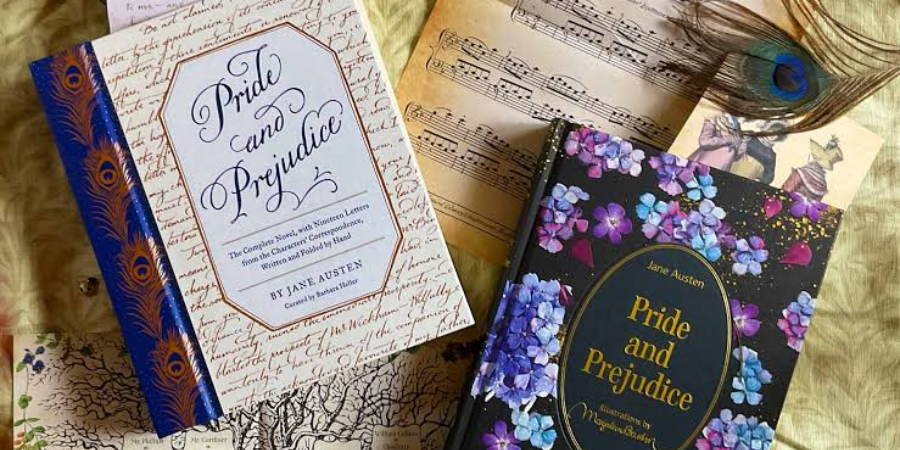

'Pride and Prejudice' by Jane Austen is a rich exploration of social class, gender roles, and the complexities of love and relationships in early 19th-century England. The novel primarily follows Elizabeth Bennet, the intelligent and spirited second daughter of the Bennet family, as she navigates the societal pressures of marriage and social status.
At its core, the novel critiques the rigid class structure of the time. The Bennets, a family of modest means, are acutely aware of the importance of advantageous marriages. Mrs. Bennet’s singular focus on securing wealthy husbands for her daughters highlights the limited options available to women. Austen uses this backdrop to illustrate the societal expectations placed on women, who are often valued for their marriageability rather than their intellect or character.
The relationship between Elizabeth and Mr. Darcy serves as the heart of the novel. Initially, Darcy is perceived as arrogant and proud, particularly during a ball where he snubs Elizabeth. This encounter sparks Elizabeth's prejudice against him, setting the stage for their tumultuous relationship. Austen deftly reveals how first impressions can be misleading, a theme that resonates throughout the narrative. Elizabeth's disdain for Darcy stems from societal biases, particularly as she is drawn to Mr. Wickham, whose charm masks his unscrupulous nature.
As the plot unfolds, the characters confront their own flaws. Darcy’s initial proposal to Elizabeth reveals his struggle with class consciousness and his belief in social superiority. His insistence on the obstacles of marrying someone of lower status offends Elizabeth, forcing both characters to reflect on their prejudices. This moment encapsulates the novel’s exploration of pride—Darcy’s pride in his wealth and status and Elizabeth’s pride in her self-worth and independence.
Austen masterfully weaves irony into the narrative, particularly through Elizabeth’s growth. As she learns more about Darcy’s true character and motivations, she begins to recognize her own biases. This transformation highlights the importance of self-awareness and the dangers of misjudgment based on societal expectations. Their eventual reconciliation and mutual respect signify a departure from superficial judgments, emphasizing that true understanding transcends class distinctions.
Moreover, the novel addresses themes of love versus convenience. Characters like Charlotte Lucas, who marries Mr. Collins for security rather than affection, illustrate the pragmatic choices women often had to make. In contrast, Elizabeth and Darcy’s relationship evolves into one based on genuine admiration and love, suggesting that personal happiness should take precedence over societal expectations.
Ultimately, ‘Pride and Prejudice’ is a celebration of individuality and personal integrity. Elizabeth’s journey encourages readers to challenge societal norms and embrace self-discovery. The novel concludes with a sense of hope and fulfillment, as both Elizabeth and Darcy find happiness together, having transcended their initial misunderstandings.
Austen's keen observations and sharp wit make the novel not only a romantic story but also a profound commentary on the human condition, relationships, and the social structures that shape them. Its enduring appeal lies in its relatability and its insightful examination of pride, prejudice, and the transformative power of love.


